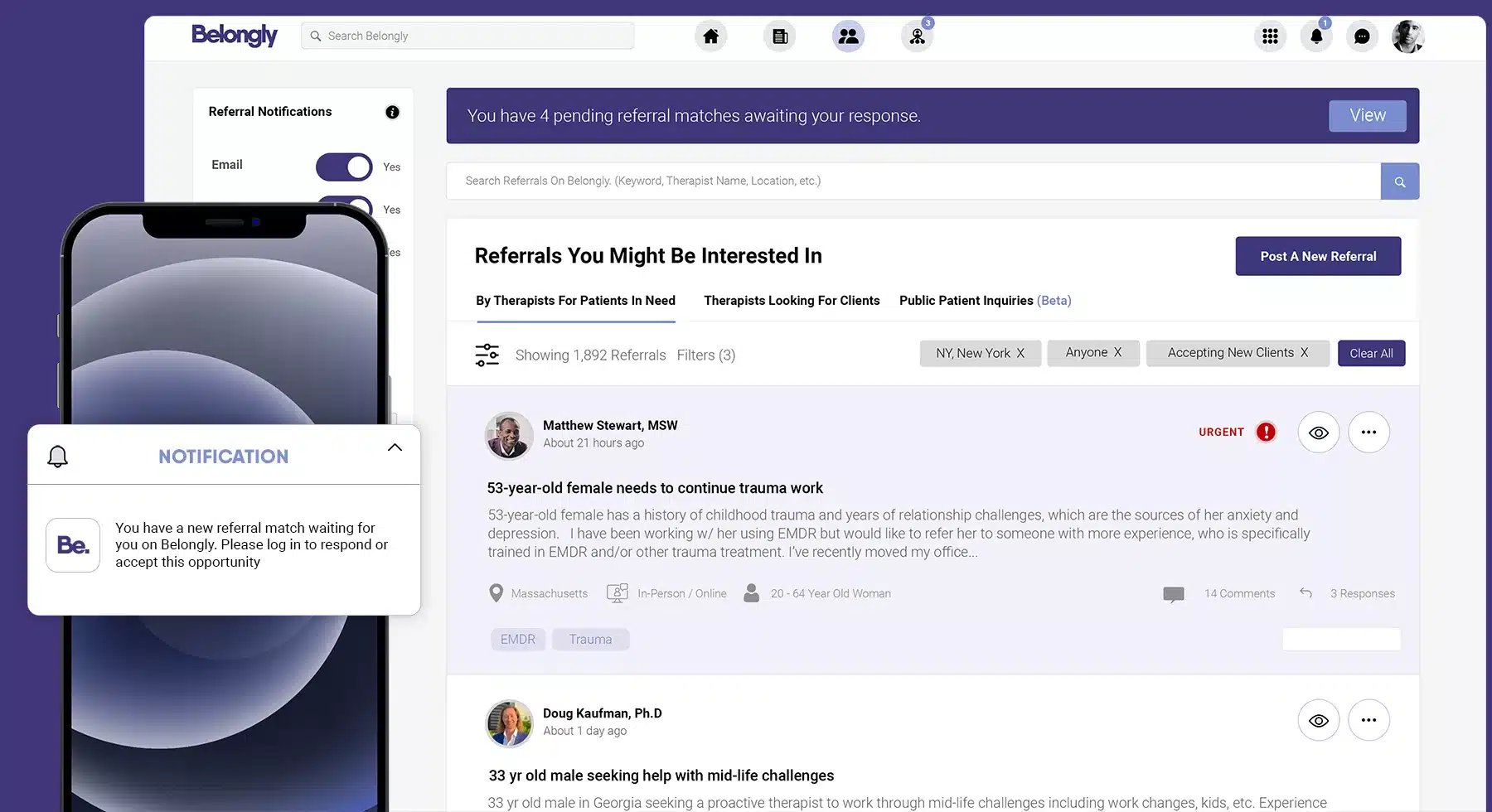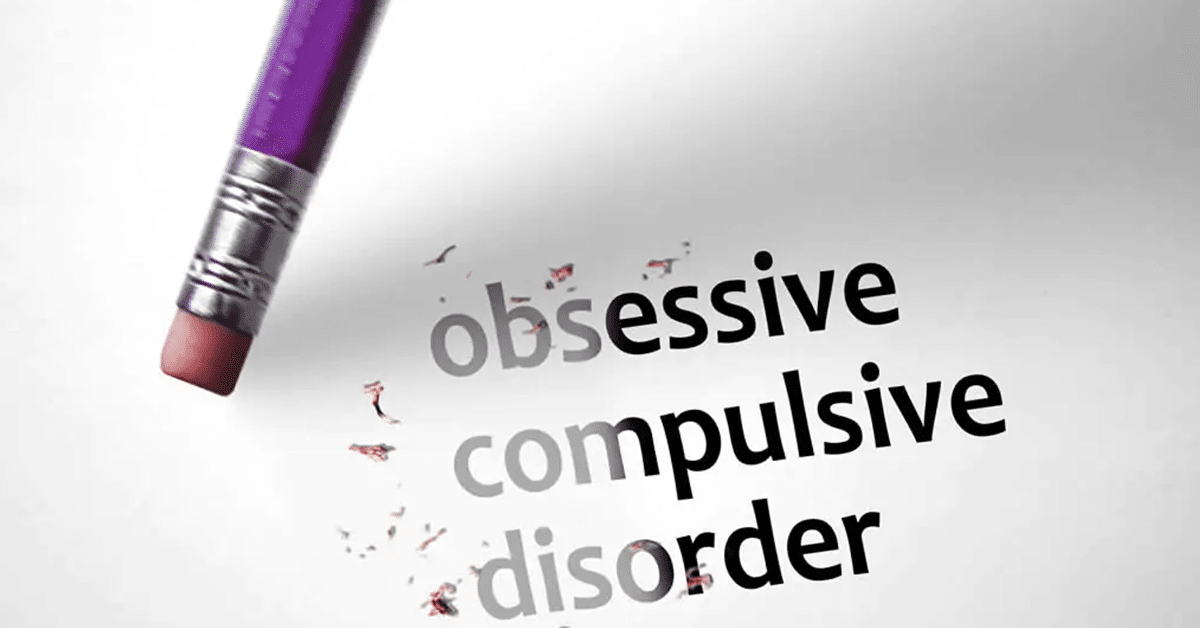Setting your rates as a therapist is a bit of a balancing act. You want to provide affordable care to your clients while also earning a sustainable income. Complicating matters, the costs of running a therapy practice are constantly in flux, usually trending upwards.
As such, it’s a good idea to periodically reassess your rates to make sure that they are both fair and sustainable. How do you do this? Here are 6 strategies to help you assess and adjust your rates, as needed.
Research market rates
Establishing reasonable rates as a therapist starts with market research. What are other therapists in your area charging for comparable services? How does specialty or years of experience influence your colleagues’ rates? Are there specific niches that garner higher fees for service?
Evaluate expenses
What are the current expenses for your practice? Remember to include any rent, office supplies, insurance costs, professional memberships, licensing fees, and continuing education costs. Since some of these expenses are incurred annually as opposed to weekly, it’s probably easiest to come up with a sum total for the year. Then, divide by the average number of clinical hours you bill within the same time frame. Don’t forget to factor in vacation time and sick days!
Don’t underestimate your value
Every year that passes is an additional year of professional experience (read: value). Therefore, even if your expenses held steady each year, which is unlikely, you would be justified in raising your rates! Remember that you are providing a valuable service to your clients, with unique skills that you have worked hard to hone over time. What sets you apart from other therapists? By realistically assessing your value, you can feel confident in the fees that you charge for your services.
Consider building a standard fee increase into your client contract
One strategy for adjusting your rates as a therapist is to build a standard fee increase into your annual paperwork. This effectively circumvents the need to renegotiate rates with your clients. (Although it’s always wise to give periodic reminders!) However, raising your rates on a fixed schedule also has drawbacks, namely that it makes it difficult to adjust for unexpected expenses. Ultimately, you should weigh the pros and cons of this approach and decide what is best for your specific practice.
Consider any ethical or legal implications
Most professional ethics codes only require that therapists provide adequate notice of any rate increases and that their rates are not exploitative. However, there is obvious room for interpretation here.
For example, adequate notice can be anywhere from 1 week to 6 weeks depending on the amount of increase. Rates are considered exploitative when they take advantage of clients’ vulnerabilities or desperation for mental health treatment. This is a bit “in the eye of the beholder,” since most of us would not exploit our clients intentionally.
What is common practice in other industries could be considered exploitative for therapists. For example, gyms and health clubs regularly charge more for “premium” time slots, but therapists who set higher rates for after-hours appointments could be seen as discriminating against clients who lack daytime flexibility. Similarly, other service providers offer discounts for packages or pre-payment, but in some states, these practices make you an “insurer” in the eyes of the law.
Be transparent with clients
Some therapists shy away from rate discussions, incorrectly assuming that clients will be angry, offended, or apt to discontinue treatment. However, clients are more likely to react negatively to a surprise rate increase. Be upfront about your rates and any changes that may occur in the future. Letters and emails are helpful for documentation purposes, but it’s best to complement these with face-to-face conversations. This can help build trust and ensure that there are no misunderstandings when it comes time for payment.
Keep Reading
Want more? Here are some other blog posts you might be interested in.









